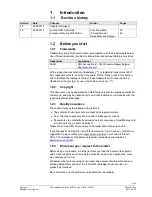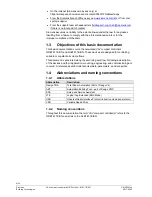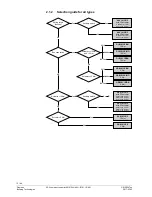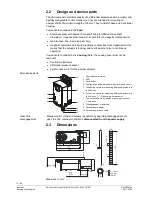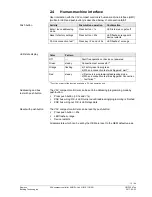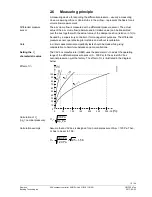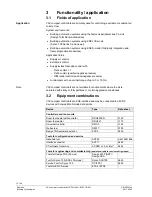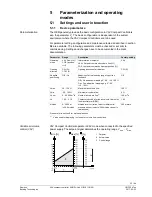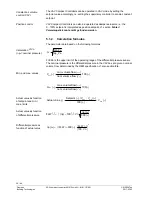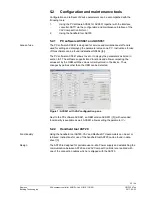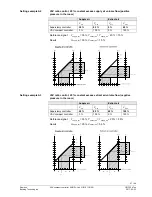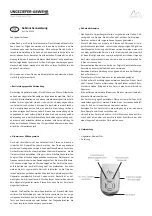
17 / 44
Siemens
VAV compact controller KNX/PL-Link G..B181.1E/KN
CE1P3547en
Building Technologies
2017-03-23
3.3 Application
examples
Three typical basic application examples are presented to give an overview over
the possibilities of the devices. These applications are supply air control, supply
and extract air control, and supply and extract air control with demand control of
the air-handling unit (AHU). The examples show the KNX part of the applications.
Other devices such as electrical heaters with connection independent of the KNX
bus configuration may not be shown.
Fundamental of all applications realized with VAV compact controllers is the
principle to control the air volume flow in the supervisory controller.
3.3.1 Application example 1: Supply air control
The most basic application is room temperature control (cooling or heating) with
one VAV compact controller. The building user sets a temperature setpoint in °C
which is converted by a VAV-capable KNX thermostat (e.g. RDG400KN) into a
0...100 % setpoint for the air volume flow, taking into account the air volume flow
temperature as delivered by the AHU.
3.3.2 Application example 2: Supply and extract air control
If one VAV compact controller is used for supply air and one for extract air, these
are usually controlled individually by the supervisory controller. By setting their
volume flow limits (V
min
and V
max
) according to the setting instructions in section
5.3
, constant, positive or negative pressure in a zone or a room can be achieved.
Control of air volume flow
in supervisory controller
Example 1:
Supply air control,
supervised by e.g.
RDG400KN
Example 2:
Supply / extract air
control, supervised by
e.g. RDG400KN
Legend:
N1 Room unit with temp. sensor
N2 VAV compact controller
Legend:
N1 Room unit with temp. sensor
N2 VAV compact controllers
(supply air / extract air)



